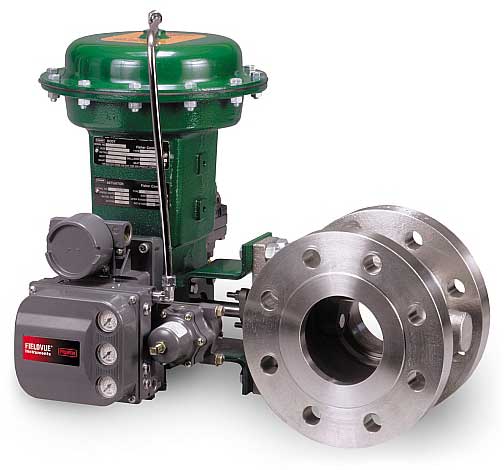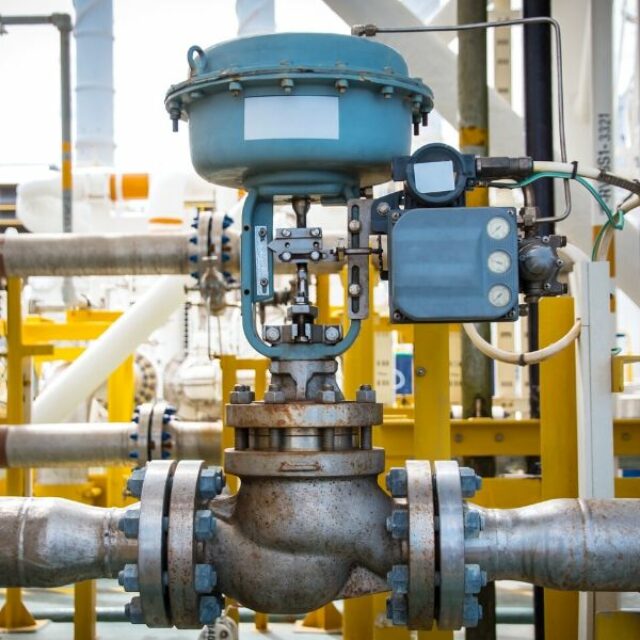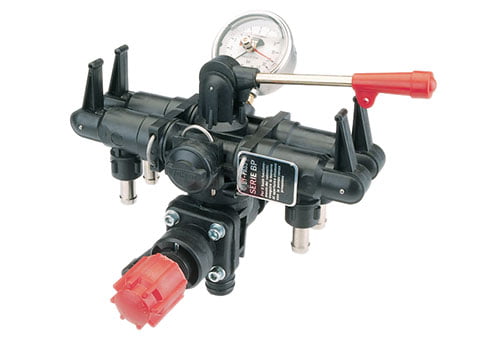How Control Valves Impact Power Efficiency in Industrial Settings
How Control Valves Impact Power Efficiency in Industrial Settings
Blog Article

Maximize Energy Financial Savings and Convenience With Advanced Building Automation Controls
In the realm of modern style and facility monitoring, the assimilation of advanced structure automation regulates stands as a pivotal advancement. By harnessing the power of automation, buildings can adjust, respond, and evolve in methods that were as soon as unbelievable.
Energy Effectiveness Benefits
Power effectiveness benefits can substantially lower energy intake and functional expenses in structures. Energy-efficient systems, such as advanced structure automation controls, can maximize the use of sources like lighting, air conditioning, and home heating, leading to lower power expenses over time.
Additionally, improved power efficiency can prolong the life-span of structure devices and systems. By operating more effectively, a/c systems, lighting fixture, and various other structure components experience less wear and tear, causing reduced maintenance and replacement prices. In addition, energy-efficient structures commonly regulate greater residential or commercial property values and rental rates, providing long-term monetary benefits to proprietors.
In addition, energy performance can enhance passenger comfort and performance. Appropriately controlled indoor atmospheres with optimal illumination and thermal problems produce an even more enjoyable and favorable work area, leading to improved worker satisfaction and performance. Overall, the energy effectiveness advantages related to sophisticated structure automation controls are complex, incorporating price financial savings, ecological stewardship, and resident wellness.
Improved Comfort Control
Enhancing convenience control in structure settings needs an innovative assimilation of sophisticated automation systems for optimal resident well-being. By utilizing advanced building automation controls, centers can tailor the interior environment to satisfy the details needs and preferences of passengers. control valves.
Enhanced comfort control surpasses basic temperature changes. It consists of attributes such as personalized setups, occupancy sensing units, and all-natural light usage to develop a responsive and vibrant environment. By incorporating these sophisticated controls, buildings can not only boost convenience however additionally enhance power performance by enhancing system operations based upon actual occupancy and usage patterns. Inevitably, prioritizing passenger convenience via advanced automation systems causes a more pleasurable and much healthier indoor setting.
Functional Performance Improvements

Additionally, the application of real-time surveillance and analytics devices makes it possible for structure operators to recognize energy ineffectiveness and functional anomalies immediately. By continually checking energy use patterns and system performance metrics, modifications can be made in real-time to maximize power intake and make sure peak operational efficiency. control valves. In addition, incorporating demand reaction approaches into structure automation controls can better enhance operational effectiveness by dynamically changing energy use based upon grid problems and rates signals
Indoor Environment Optimization
Effective indoor climate optimization is a basic aspect of structure automation controls, guaranteeing occupants' comfort and wellness while optimizing energy financial savings. By using sophisticated sensors and controls, constructing automation systems can continuously change and keep an eye on temperature level, humidity degrees, air top quality, and air flow to develop an optimal interior atmosphere. Maintaining comfy and regular problems not just enhances owner fulfillment however likewise increases performance and total health.
Interior climate optimization also plays a crucial function in power performance. By fine-tuning cooling, ventilation, and heating systems based on real-time data and tenancy patterns, building automation controls can substantially minimize power intake - control valves. Carrying out techniques such as demand-controlled ventilation and thermal zoning can aid lessen energy waste while making sure that each location of the structure receives the required conditioning.

Sustainable Atmosphere Production
Building automation manages not only maximize indoor climate problems for energy performance and passenger comfort yet also lay the foundation for developing a lasting atmosphere through calculated management of sources and systems. By integrating advanced building automation technologies, such as sensing units, actuators, and smart software, centers can keep an eye on and readjust energy usage in real-time to reduce waste and lower their carbon impact. These systems make it possible for predictive upkeep, recognizing potential issues before they escalate and enhancing devices performance to enhance longevity and effectiveness.
Moreover, sustainable environment development prolongs past power management to include water conservation, waste reduction, and indoor air quality enhancement. Building automation controls can manage water use, identify leakages, and make certain appropriate waste disposal read this post here techniques, adding to overall sustainability efforts. Additionally, by controlling and checking ventilation and filtering systems, these innovations improve resident wellness and productivity while decreasing energy consumption connected with HVAC procedures.
Conclusion
Finally, advanced structure automation manages deal significant benefits in terms of energy savings, comfort control, operational performance, interior climate optimization, and developing a lasting atmosphere. By executing these controls, structures can achieve optimum performance while decreasing energy intake and boosting resident convenience. It is evident that making use of innovative automation innovation is important in improving building efficiency and creating an extra sustainable future.
Energy performance benefits can dramatically decrease energy consumption and functional expenses in buildings. On the whole, the power effectiveness benefits associated with innovative building automation controls are diverse, encompassing cost savings, ecological stewardship, and passenger well-being.
Furthermore, integrating demand response techniques right into structure automation controls can better improve functional performance by dynamically adjusting energy use based on grid conditions helpful resources and pricing signals.
Structure automation controls not only maximize indoor environment problems for energy effectiveness and occupant comfort but additionally lay the foundation for creating a sustainable atmosphere with tactical administration of sources and systems.In final thought, advanced building automation manages deal substantial advantages in terms of energy financial savings, convenience control, functional efficiency, interior environment optimization, and developing a sustainable setting.
Report this page